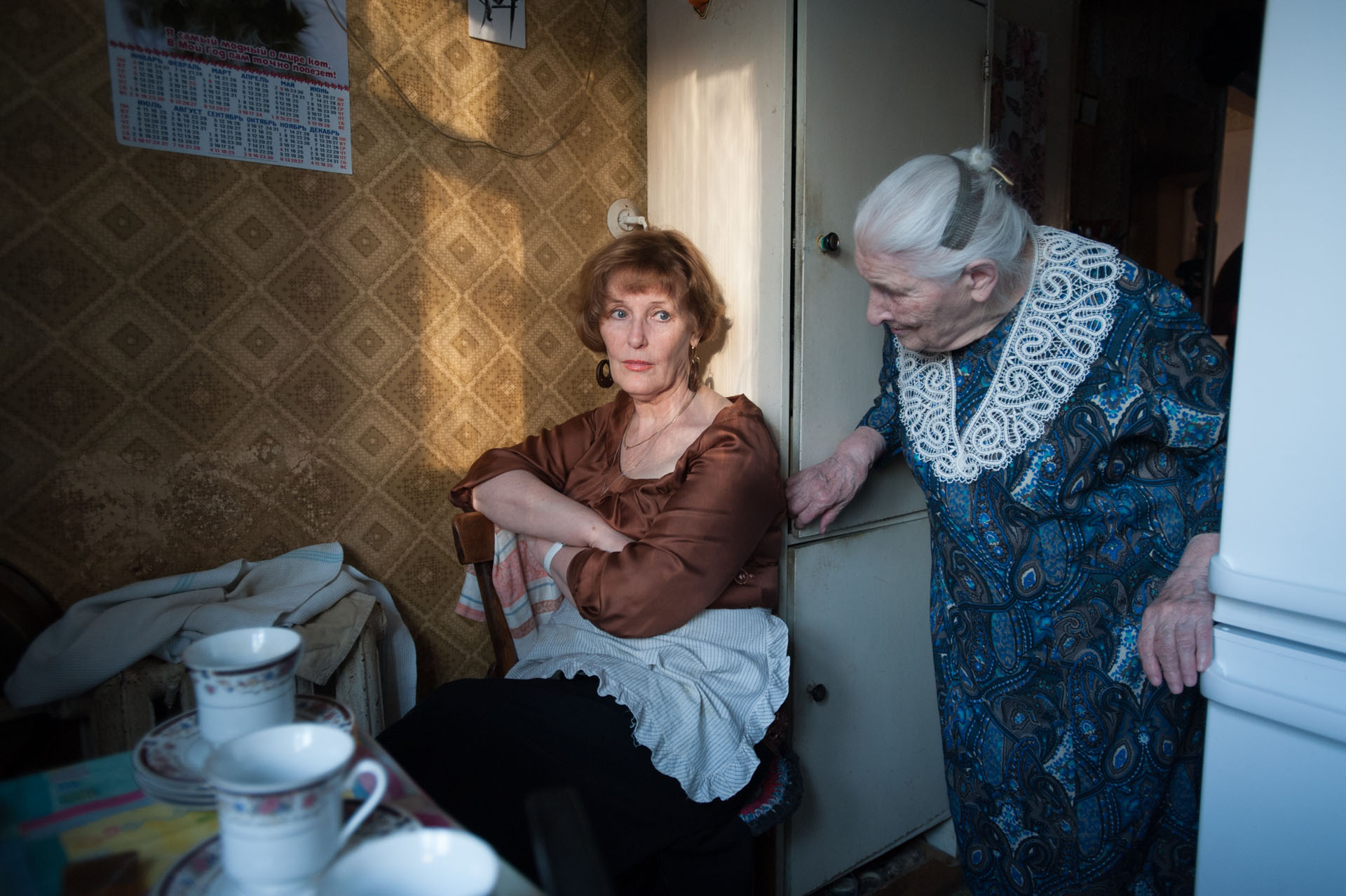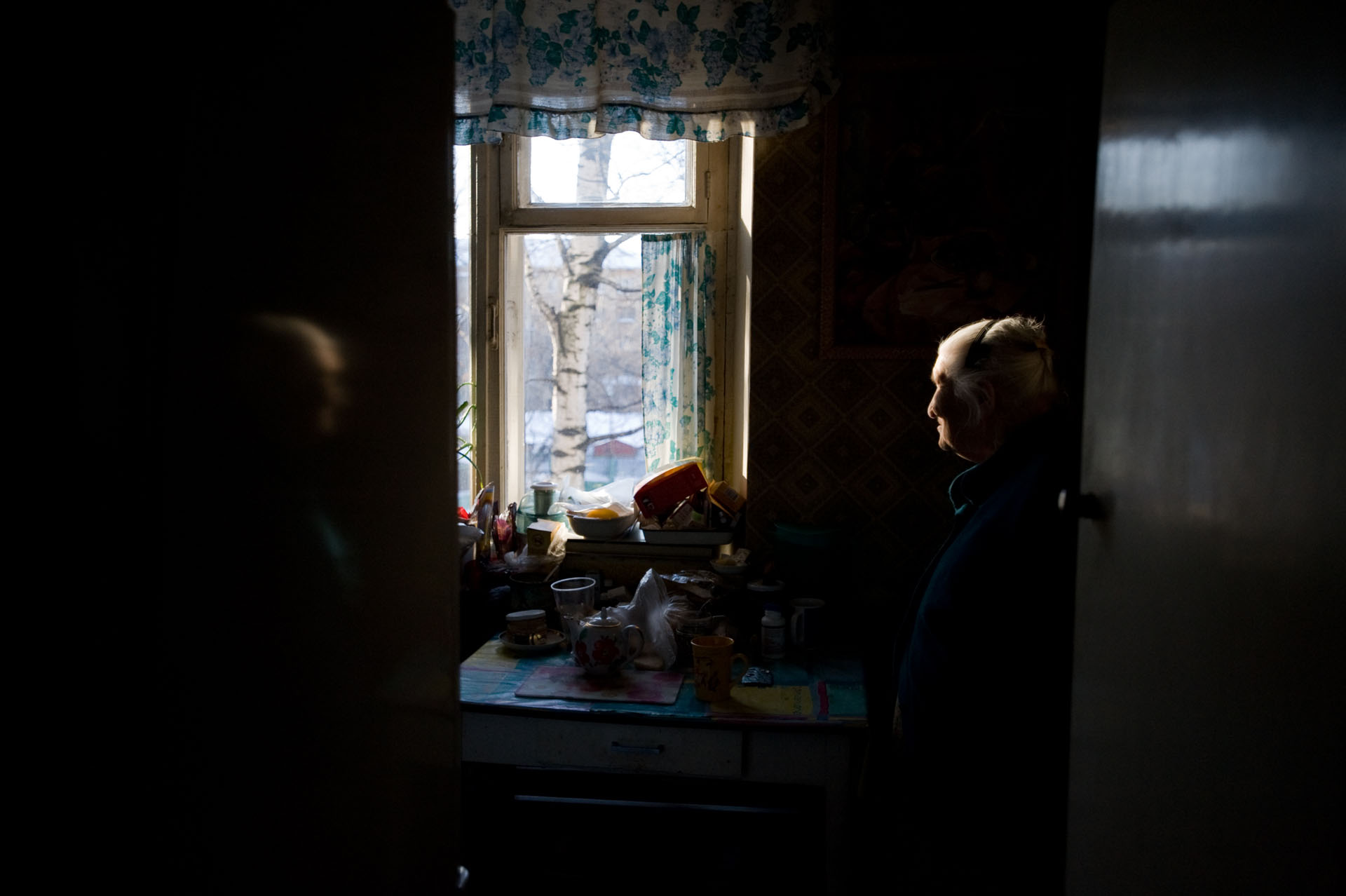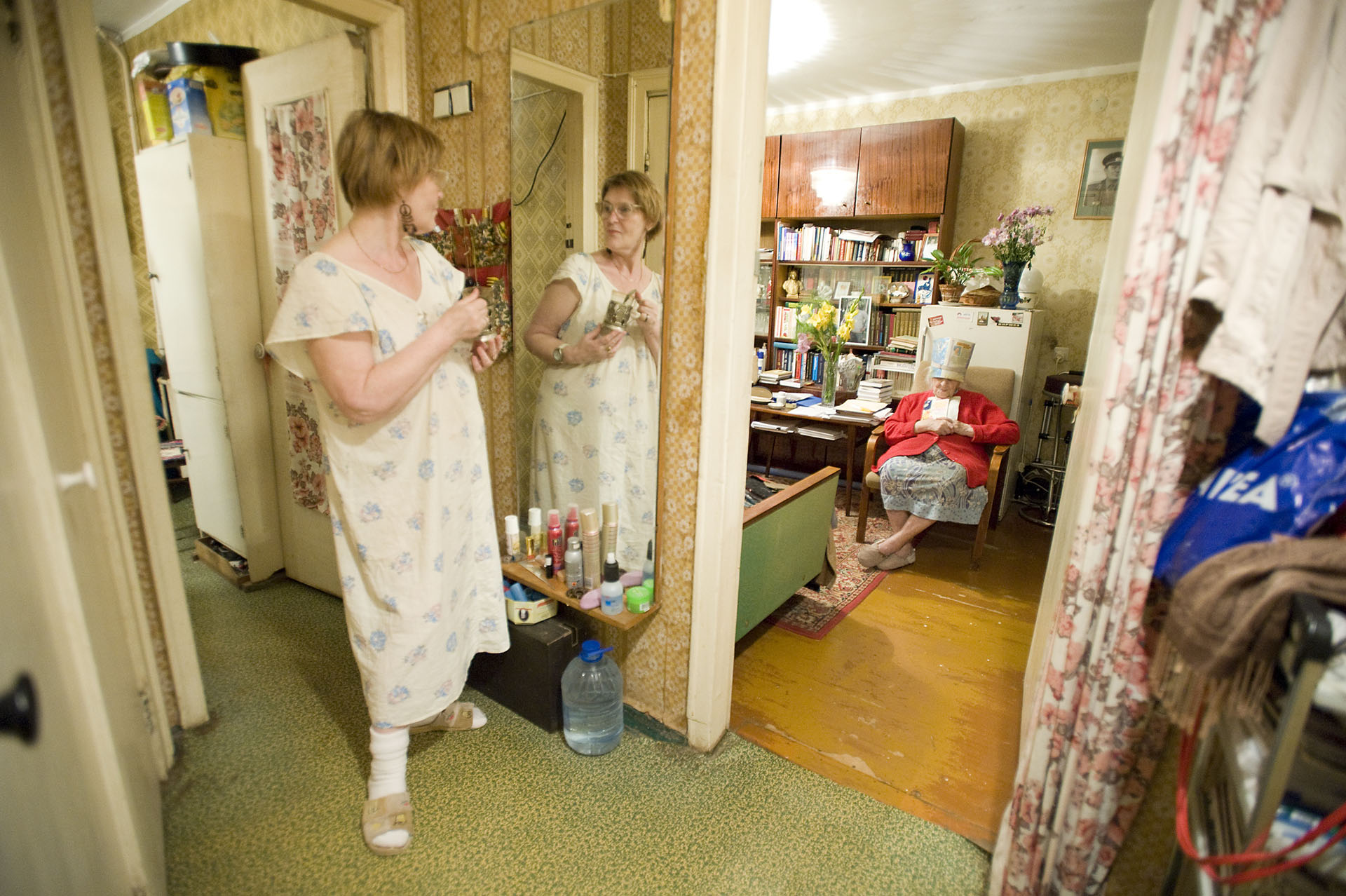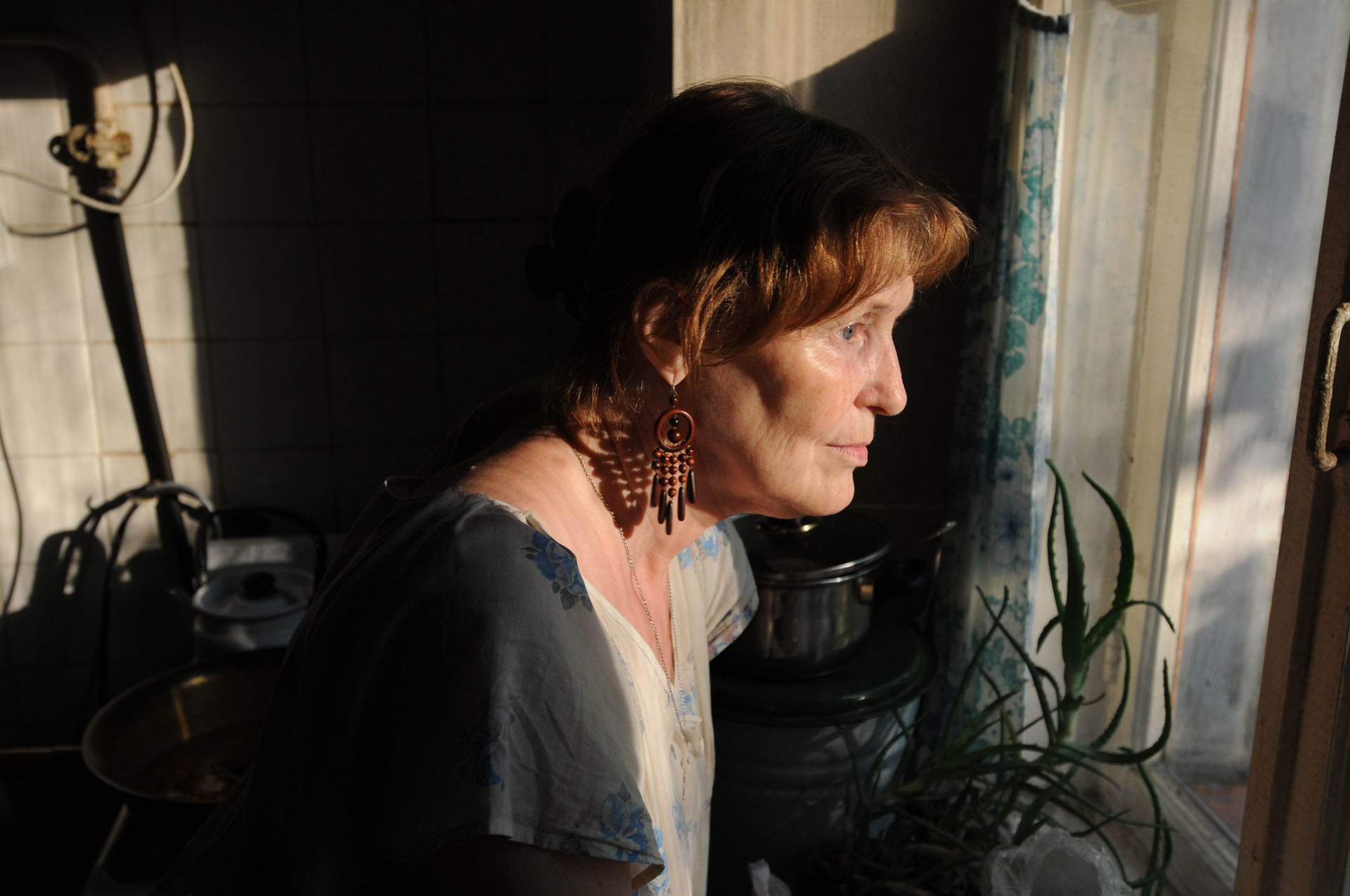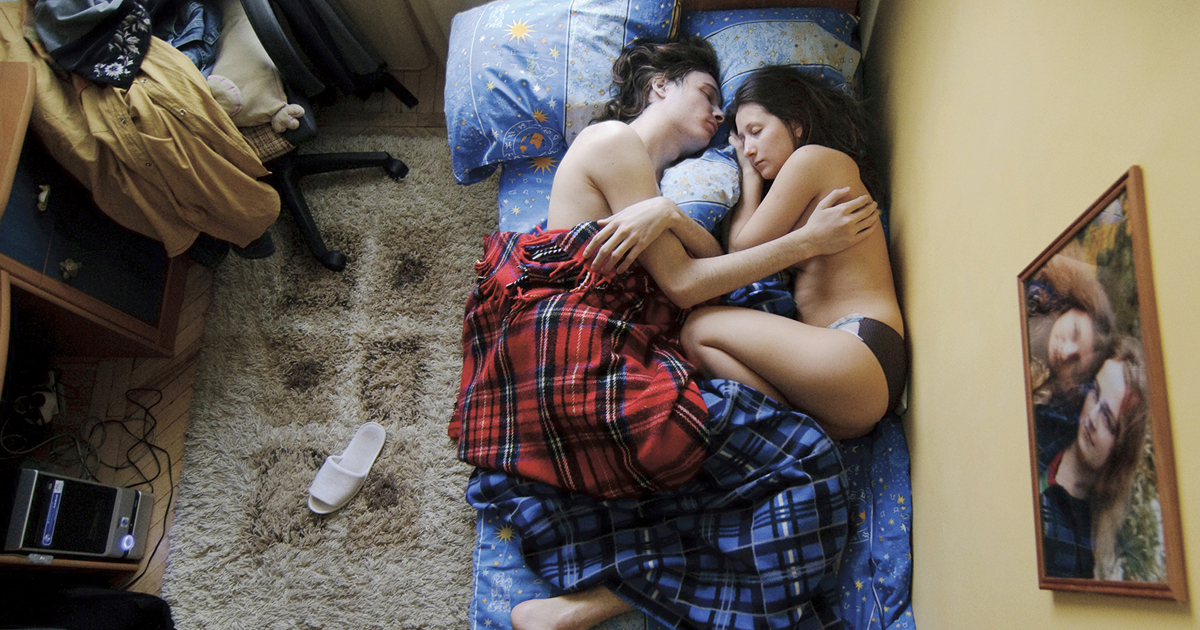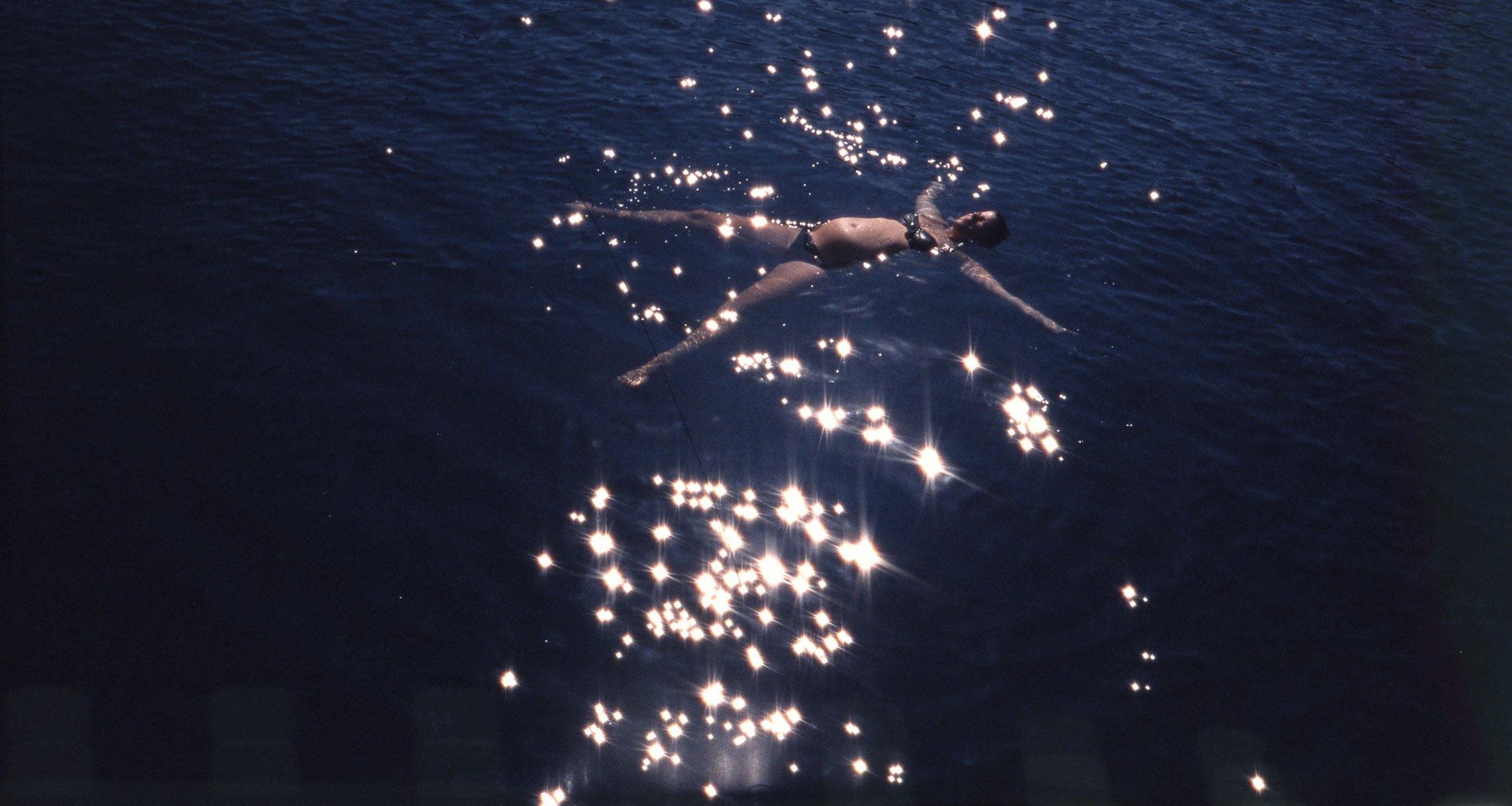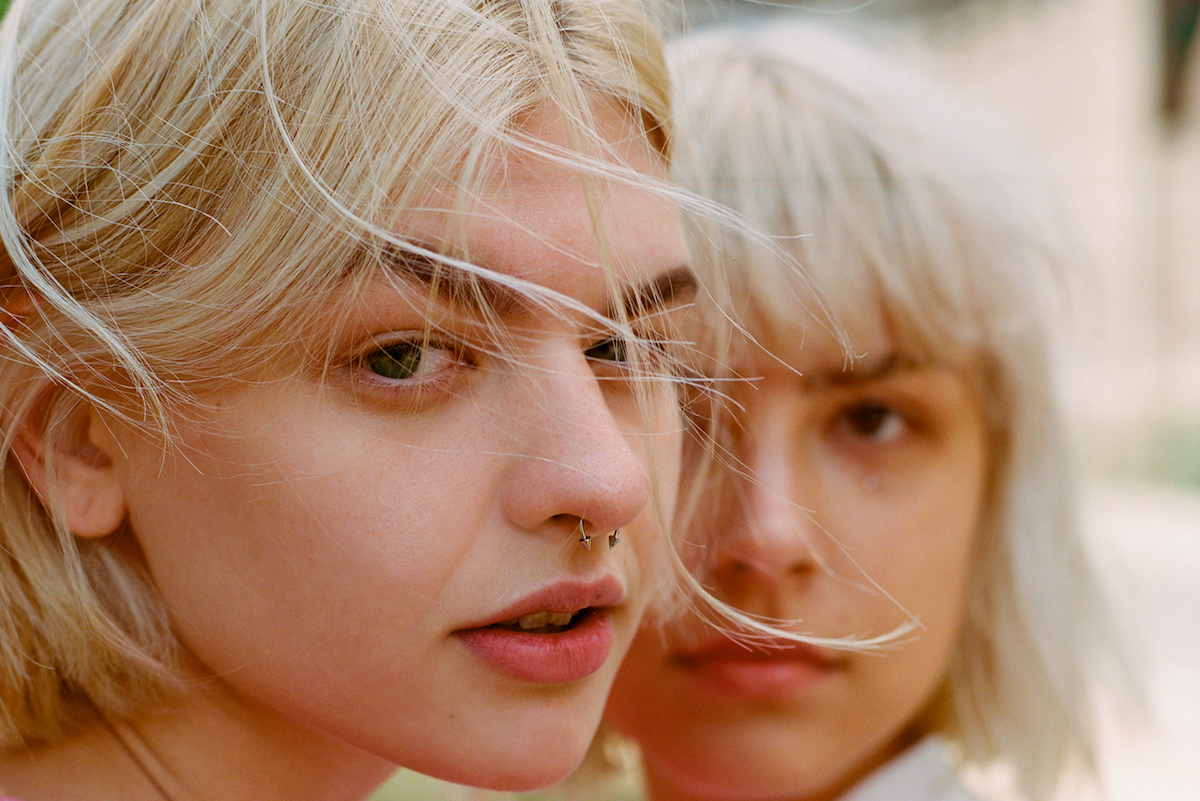Confessions of a caregiver: I shot all my photo projects indoors to show the pain of isolation
As the world goes into lockdown and self-isolation becomes obligatory, Natalya Reznik reflects on the emotional journey of being a caregiver and urges us to connect to individuals who usually find themselves stuck indoors.
My husband seems visibly stressed at suddenly having to be at home all the time. Like millions of employees across the world, Covid-19 has forced him away from the office to work from home for the first time. But for us caregivers, self-isolation is nothing new. I stayed at home to take care of our daughter until she started kindergarten at the age of three. For those first few years, I continued working from home as an artist and writer — there was no nanny, no grandparents around, no crèche.
Young mothers are advised to rest while their newborn is sleeping but I needed to do something that would nourish my mind. I found pockets of time where I could, working after I laid my daughter down for afternoon naps and late through the night. I researched articles while pumping breast milk. It was very difficult, but somewhat manageable. I learned to work quickly, so as to never lose a train of thought. If the baby didn’t sleep, I’d miss a deadline. It was a lesson in overcoming perfectionism: if you only have a few minutes to spare, you have no time to procrastinate. Admittedly, the fear of being forgotten in my isolation also forced me to continue working.
Self-portrait, from the series Motherhood
Many of us find ourselves living under lockdown across the world, and this might be the first time we experience isolation en masse. So far the discussion has centred on self-isolation tips and suggestions. It’s time we pay attention to the members of society most isolated in their daily lives. Women, especially, are used to sacrificing their careers. Now in the time of the Covid-19 crisis, when schools and kindergartens are closed, it is women who are often taking more responsibility in helping their kids with their homework, entertaining them at the same time as working from home.
Society tells us that we must constantly invest in self-development, be visible, and social — otherwise you don’t exist. Capitalism has failed to recognise the value of motherhood to society. If you stop working, you’re considered a loser. I felt exactly this way.
Nadezhda, from the series Hope
Every day I would walk to the nearest park with my stroller until I knew each tree like the back of my hand. In 1966, American artist Ed Ruscha self-published his photo book Every Building on the Sunset Strip which captured a two and a half mile section of Sunset Boulevard. I told myself that when I have more time, I would make my own photo book called “Every Tree in the Park” (needless to say, it has not been completed).
After giving birth, I made drawings with ink and breast milk — I wanted to capture myself in this state, but I could not bear to look at photographs of my body. I took to photographing my apartment instead. It all started with the cooking stove.
After six months of living at a hectic tempo, my postnatal depression kicked off. It took an unexpected turn. I spent the nights wandering around our flat checking for things that might harm my baby while she slept. I don’t know why I was so obsessed with our cooker but, at the peak of my insomnia, I couldn’t help but check it every 10 minutes. When I decided to take photos of it, it seemed like a kind of salvation. I would turn the light on in the kitchen and take a quick snap of the cooker. Then I would return back to bed and view the photo I just made. I couldn’t trust my tired eyes and mind anymore, I only trusted photography.
The Cooker
“Photography gives you a sense of control,” was what my shrink told me. I was using photography to fight my fear. At that point, it seemed I had lost control of my body (which was reduced to an instrument for feeding a child), my time, and my freedom. Taking photos brought me a temporary relief.
My story is shared by millions of others. Social isolation is a silent epidemic that affects large numbers of the world population. Everyday, I Skype my mother. It has become our routine since I moved from Russia to Germany eight years ago. My mother has been taking care of my 94-year-old grandmother at home for over a decade. For this reason, my mother doesn’t go outside much — only to buy groceries and medicine. She does not go to cafes or restaurants, she doesn’t travel. Moreover, she has never visited me in Germany because she can’t leave her senile mother alone. For many years before this, she had taken care of her father till he died from a stroke in 2010.
It was the death of my grandfather that prompted me to document the apartment I shared with my mother and grandmother in Perm, Russia, at the time. I discovered these domestic photos several years ago: they are so sincere and raw because no one paid attention to my camera. Olga (mother) and Nadezhda (grandmother) were used to me photographing them. I photographed Nadezhda going outside for the first time after several years of being housebound. I captured their love-hate relationship. But more often, I captured insignificant but meaningful moments such as Olga and Nadezhda sitting peacefully in our small kitchen in the beautiful evening light. The project Nadezhda (which translates as ‘Hope’ in English) was realised as a photobook last year.
From the series Hope
When I was researching the representation of ageing in photography I came across many evocative projects on the most vulnerable members of our society. Among some of my favourites are Arrangement in Green and Black by Aline Smithson and Journal: A Mother and Daughter’s Recovery from Breast Cancer by Annabel Clark. At the same time, there have been many exceptional photo stories on motherhood made within the confines of four walls: these include Kinderwunsch by Ana Casas Broda, Mother by Elinor Carucci, or Inhabit by Janine Antoni. The book Home Truths. Photography and Motherhood, edited by the curator Susan Bright, helped me understand that I was not the only one to experience loneliness, depression, burnout, and anxiety — these are common problems among caregivers.
I didn’t think that I would ever show anyone the photographs I’d taken of my cooking stove. I still have most of these pictures on my phone and have dreamed of turning them into an installation covering the wall of a white cube. When I approached curators about it, they all looked at me like I was crazy. But I still think it is important to show what isolation can do to you.
The Covid-19 pandemic has not changed the routines of those who had already been isolated. For the rest of the world, it’s a lesson in what life is like for those stuck indoors. Now is the time to appreciate personal domestic photographs and the various experiences of isolation. For the next five weeks, I’ll be in lockdown with my husband and our four-year-old daughter, who will need all my attention — and you only need to guess what time I’m writing this article. My hope is that this global experience will change us, and help us connect in a bigger way.
